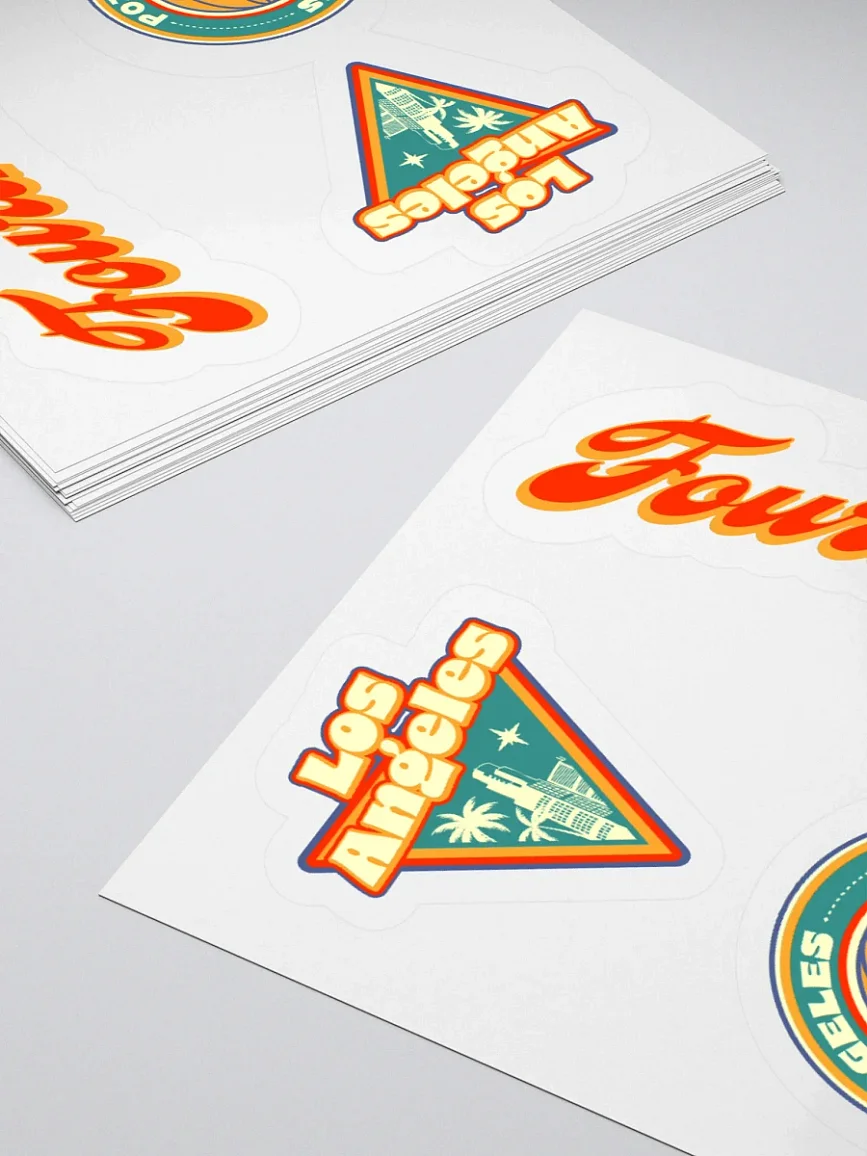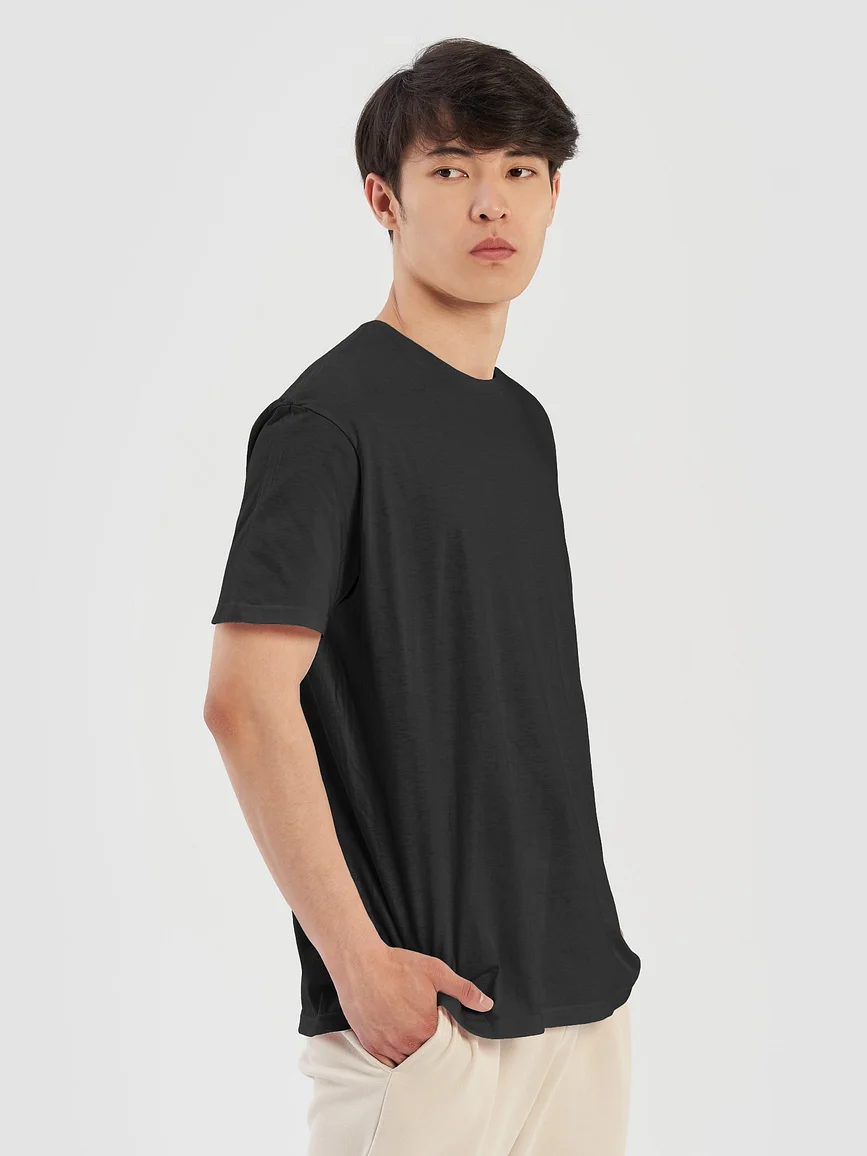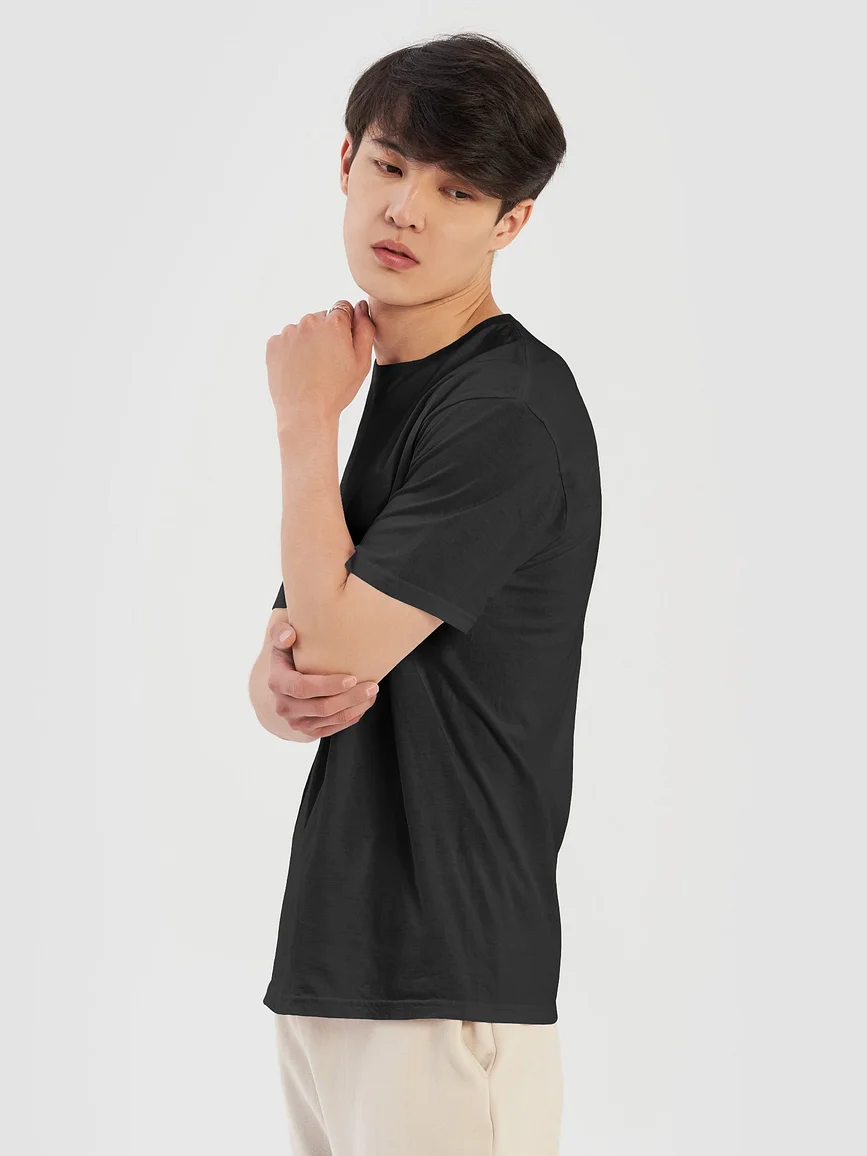What Is a Virtual Store? A Guide to Immersive Shopping

In recent years, e-commerce has transformed the way we shop, offering consumers unmatched convenience and access to a vast selection of products. However, a new experience is on the horizon that is revolutionizing the online shopping landscape: virtual stores. In this article, we will explore how they offer an immersive and engaging experience for customers that combines the benefits of online shopping with aspects of in-person shopping.
What Is a Virtual Store?

A virtual store is an online shopping experience that simulates an in-person shopping trip, as it merges the convenience of e-commerce with the tactile experience of shopping in-store. This means that, in a virtual store, customers can browse and purchase products just as they would in a traditional online store. However, virtual stores also offer additional features such as trying on clothes in a virtual fitting room, face-to-face customer service, and seeing how furniture looks in a room. Essentially, virtual stores add a layer of interaction and engagement to online shopping, making it a more enjoyable experience for consumers.
3 Benefits of a Virtual Store
Experimenting With Different Store Concepts
Virtual stores offer retailers a chance to experiment with different store concepts without the high costs of renting or buying physical retail spaces. Retailers can test out new store layouts, product displays, and marketing approaches in a virtual environment before committing resources to implement them in a physical store. This saves time and money and allows businesses to adapt and evolve their brand as consumer trends change.
Reduced Reliance on Store-Based Inventory
Virtual stores enable businesses to reduce their reliance on store-based inventory. With traditional brick-and-mortar stores, inventory is limited by physical space. However, in a virtual store, businesses can offer a much larger selection of products since there is no limit to the number of items that can be displayed. This not only enhances the customer experience but also boosts sales by providing shoppers with a wider variety of options.
Flexibility and Availability
Virtual stores offer unparalleled flexibility and availability, as they are accessible 24/7 from anywhere in the world. This means businesses can cater to international customers, work across different time zones, and offer seamless omnichannel experiences. Additionally, virtual stores have lower overhead costs than physical stores, as there are no rent or utility fees to worry about. This makes it easier for companies to offer competitive pricing and pass on savings to customers.
6 Types of Virtual Stores
Virtual stores take many different shapes, each with specific benefits and features. Here are just a few examples:
3D Virtual Storefront (VR Storefront)

A 3D virtual storefront represents an innovative approach to digital retail, offering customers an immersive and lifelike shopping experience that closely mirrors the ambiance and layout of a physical store.
Unlike traditional e-commerce platforms, which often present products in a static, two-dimensional format, 3D virtual storefronts leverage technology like VR headsets, to create dynamic, interactive virtual environments where shoppers can explore and interact with merchandise in three-dimensional showrooms.
One of the key advantages of VR stores is their ability to showcase products in a visually compelling and interactive manner. By presenting merchandise within a realistic digital setting, businesses can highlight key features, demonstrate functionality, and create memorable brand experiences that resonate with customers.
Whether it's showcasing the intricate craftsmanship of luxury goods, the vibrant colors of fashion apparel, or the sleek design of electronic devices, VR storefronts enable businesses to captivate audiences and differentiate themselves in a crowded marketplace.
Virtual Placement

Virtual placement technology revolutionizes the way businesses showcase their products by using augmented reality (AR), to seamlessly integrate them into realistic environments, enabling shoppers to visualize how items would look in their homes or offices before making a purchase.
This innovative approach goes beyond traditional product images or descriptions, offering customers a tangible sense of perspective and context that enhances their understanding and decision-making process.
Whether it's sizing furniture or placing home decor and electronic devices in certain places of your home, virtual placement technology enables customers to adjust angles and positions to achieve the perfect fit for their needs.
Virtual Clienteling

Virtual clienteling transforms the online retail experience by enabling sales associates to engage with customers digitally, offering personalized product recommendations, styling advice, and assistance through live chat, video calls, or messaging platforms.
Through leveraging customer data and insights, sales associates can curate tailored assortments of products, guiding customers to discover items they may not have found on their own in traditional online stores.
This personalized approach not only enhances the shopping experience for customers but also drives customer loyalty while increasing the average order value for businesses, ultimately creating long-term relationships and sustainable growth in a competitive marketplace.
Virtual Try-on

Virtual try-ons are becoming increasingly common in the fashion and beauty industries. By leveraging augmented reality (AR) and virtual reality (VR) technologies, this feature lets customers try on digital versions of clothes, accessories, and makeup so that they can see how the product would look on them.
While VR immerses users in virtual environments where they can interact with 3D items and explore different styles, AR takes a more personalized approach by overlaying digital representations of products onto the customer's own body or face.
This enables customers to see how garments drape on their frame, how accessories complement their look, and how makeup enhances their features, all from the comfort of their homes.
By transcending the constraints of traditional online shopping, virtual try-ons revolutionize the way customers engage with products, empowering them to make more informed purchasing decisions while enhancing their overall shopping experience.
How Does a Virtual Store Work?
Running a virtual store requires a range of technology, from 3D modeling to e-commerce integration. Some of the most common technologies include:
3D Modeling
High-quality 3D modeling software is necessary to generate precise models of products for virtual stores. The software allows products to be rendered in detail and viewed from every angle. 3D modeling technology enables realistic simulations of the products, which can be viewed in great detail, including their size, texture, and color.
Augmented and Virtual Reality
AR and VR technology can enhance the customer's experience in a virtual store. It allows customers to view products in more detail and gives them a sense of what it would feel to hold the product in their hands. This adds to the tactile experience of in-person shopping and can increase customer satisfaction.
Artificial Intelligence
AI technology can provide personalized recommendations based on the customer's previous buying or viewing history. It also allows virtual stores to have customer service agents who can answer customer queries and help them navigate the virtual store.
Computer Vision
Computer vision technology allows virtual stores to recognize customer movements, such as pointing to a product or looking at something in particular. This technology enables virtual stores to track customer behavior and offer personalized recommendations and offers based on their interests.
E-commerce Integration
E-commerce integration technology is used to ensure that customers can complete transactions quickly and seamlessly. This technology links product information in the virtual store to the business's inventory system. It also tracks the customer's orders and handles secure payment processing.
Build Your Thriving E-commerce Business With Fourthwall
While virtual stores are a promising development in the e-commerce industry, they require a high initial investment and may not always replicate the in-store experience for customers. As the safest and most profitable choice, e-commerce remains the best move for online businesses, especially in the current climate.
Fourthwall is an essential platform for content creators and businesses to launch a website, sell products, and offer memberships to their supporters. This all-in-one e-commerce is versatile, user-friendly, and doesn't require coding knowledge to use, making it the perfect solution for anyone looking to establish and grow their e-commerce business. So get started today!
















